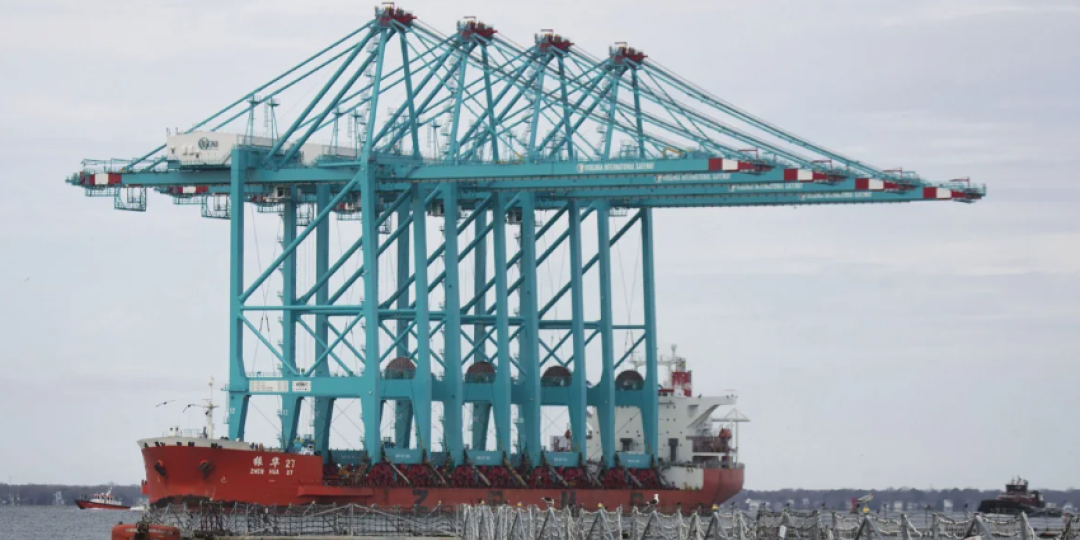US authorities have revealed findings concerning the potential security risks posed by communication equipment used in Chinese-made port equipment, especially ship-to-shore cranes.
The investigation, which has unfolded over the past several months, underscores growing concerns over the vulnerability of critical infrastructure to potential espionage and cyber threats.
According to sources within the Department of Homeland Security (DHS), an extensive probe into the communication systems embedded within port equipment manufactured by Chinese companies has raised red flags.
These systems are suspected of harbouring vulnerabilities that could potentially be used for espionage or disruptive purposes.
The investigation, spearheaded by DHS's Cybersecurity and Infrastructure Security Agency (CISA) in Virginia, scrutinised the communication protocols and hardware components employed in Chinese-made port equipment.
Preliminary findings suggest that certain communication equipment may contain backdoors or other exploitable weaknesses, posing significant risks to the security and integrity of port operations.
Speaking anonymously, a senior official at DHS highlighted the urgency of addressing these concerns: "The potential for exploitation of communication vulnerabilities in critical infrastructure poses a grave threat to national security.
“We must remain vigilant and take decisive action to safeguard our ports and maritime assets against emerging risks."
These revelations come amidst heightened tensions between the United States and China over cybersecurity and trade issues.
The Biden administration has repeatedly emphasised the need to shore up defences against cyber threats from “foreign adversaries”, particularly China, which has been accused of engaging in state-sponsored cyber espionage and intellectual property theft.
In response to the findings, industry stakeholders and port operators have been urged to exercise heightened caution and enhance security measures to mitigate potential risks associated with port equipment from China.
Additionally, calls for increased scrutiny of supply chain vulnerabilities and bolstered cybersecurity standards have gained traction within government and industry circles.
According to the DHS, the implications of these findings extend beyond the realm of cybersecurity, raising broader questions about the reliability and security of critical infrastructure components sourced from foreign manufacturers.
As the investigation unfolds, policymakers and industry leaders face mounting pressure to enact robust safeguards to protect vital assets against evolving threats in an increasingly interconnected and digitally dependent world.
For further updates on this developing story, stay tuned to reliable news sources.













